OPINION: Biden’s loan forgiveness is desperately needed but should push further
September 15, 2022
On Aug. 24, President Joe Biden announced executive action beginning partial repayment of federal student loans for millions of borrowers. President Biden’s plan arrives not a moment too soon, with debt levels reaching record highs as students across the nation struggle to meet skyrocketing prices of admission.
For decades, higher education has existed as a stable pathway for young people to achieve career and financial success. The U.S. government is no stranger to the process, existing as a source for reasonable loans accessible to students for their college payments. In addition to loans, Pell Grants directed towards low-income and underprivileged students are far and away the most prominent source of academic grants.
But since 1980, admission costs to four-year universities have almost tripled even after accounting for inflation, and Pell Grants proved unable to keep up. At one time, Pell Grants covered 79% of all undergraduate costs but the number has dwindled to 29% in 2016. The federal government also continues to increase the amount average students can borrow, giving universities reason to raise tuition with students having more cash from the government as the excuse. The lack of adequate grants and the endless loop of higher loans with tuition following has led to a debt crisis totalling $1.6 trillion across 45 million borrowers, according to the White House.
President Biden’s plan is structured to combat this change, directing the relief toward the working class and underprivileged. Federal student loan borrowers making less than $125,000 per year and households making less than $250,000 can expect up to $10,000 knocked off their student debt balance. Recipients of Pell Grants meeting these same qualifications are permitted up to $20,000 in forgiveness.
The looming cloud of loan debt hanging over students can now partially subside for some 43 million borrowers that qualify for the president’s plan. Around 20 million are expected to bid farewell to their debt balances completely. For so many everyday Americans, the crippling burden of thousands of dollars in debt can disappear.
The majority of current college students actively withdrawing loans can take advantage of the plan. Unfortunately for most incoming freshmen, loans taken after June 30 will not be considered. But any loan withdrawn previously is eligible for forgiveness, regardless of a student’s status in their education.
App State students can especially benefit from the president’s plan. With only about 6% of App State students possessing private loans, an outstanding majority will assume federal debt during their education, on average amounting to $20,000 post graduation. Many Mountaineers could have their debt halved or even completely erased.
With President Biden’s plan being so radical in comparison to usual American policy, critics of his decision were quick to voice their disapproval.
A major talking point among dissenting Republicans is how the relief will primarily assist wealthy citizens with massive amounts of debt from premier universities instead of everyday Americans.
“This is Biden’s bailout for the wealthy,” the Republican National Committee said in a statement hours after Biden’s announcement. “Canceling billions in student debt would benefit the wealthy while doing little to help future college students, borrowers who have already paid off their loans and those who never went to college in the first place.”
While certainly some individuals receiving relief may hold the title of “wealthy,” the claim that a vast majority of repayment will be benefiting them is false. Since people given Pell Grants are eligible for twice the repayment amount, this means the demographics receiving the most relief are wildly different from what critics claim. An estimated 60% of borrowers eligible for relief received Pell Grants. Of those, 66% are making less than $30,000 per year. Pell Grants are distributed to an average of 51% of all Black, Hispanic, and Native American students, while 32% of white students receive a Pell Grant.
Of the entire qualifying population, 75% make under $88,000 per year. Since the plan is designed to allow Pell recipients more repayment, former students with salaries far below the wealthy will receive a higher percentage of relief in comparison to who critics claim the relief will be given to.
Despite the widespread benefit this repayment plan allows to those who need it most, the plan still falls short of neutralizing the debt crisis completely. For many borrowers, especially those who have gone through graduate school, the amounts forgiven by this plan do not nearly solve their debt problems. Master’s degree holders on average possess roughly $70,000 in debt, and people who complete higher degrees possess even more. The federal government could most certainly erase all student debt, even if only for those qualifying for his current plan.
Even in recent years, the government is no stranger to completely forgiving massive amounts of federal loans.
In response to the pandemic, the Trump administration created the Paycheck Protection Program, or PPP loans, for businesses struggling with the pandemic’s strain. An average of $72,500 was dished out to millions. In mid-2021, the Biden administration began to completely forgive the loans if the businesses spent at least 60% of the funds provided. The Small Business Administration reported 95% of all PPP loans are forgiven, costing the government around $750 billion.
Some critics of the president’s plan even benefited from PPP loan cancellation. Congresswoman Marjorie Taylor Greene, who referred to Biden’s plan as “completely unfair,” had $183,504 in loans to her construction company completely forgiven.
If the government can bail out businesses completely, they should absolutely do the same for students. But even if the president’s forgiveness program falls short of truly eradicating the issues of student loan debt, there are still considerable upsides to his decision. Not only can millions of borrowers experience a break from brutal loan balances, but this restores faith in the public that our government can indeed make beneficial decisions for a significant population of Americans.

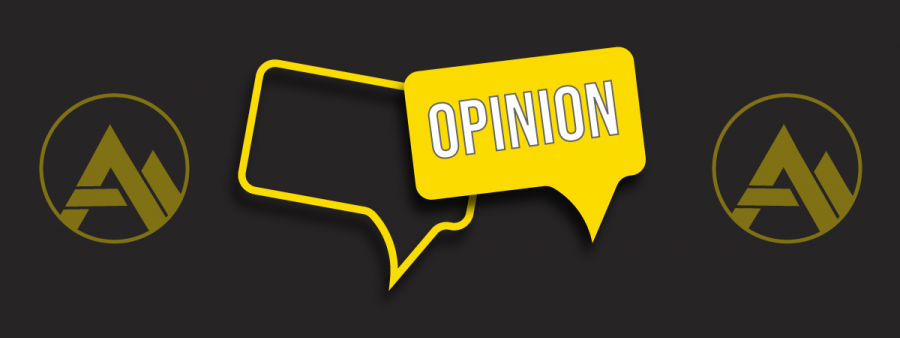

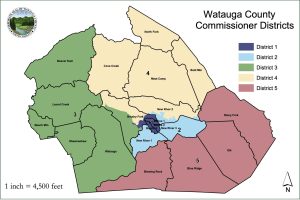





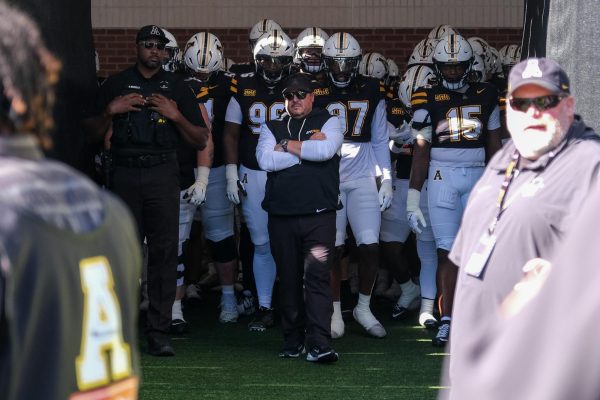
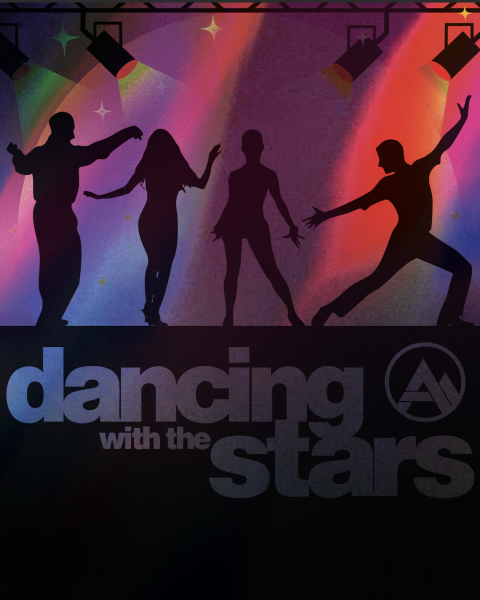

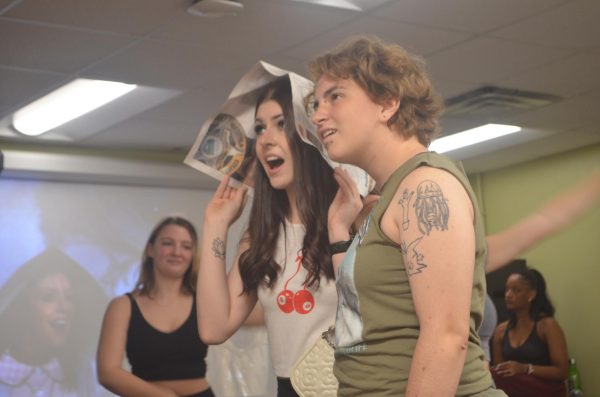

Stephanie Lomascolo • Sep 16, 2022 at 5:16 am
So proud of your good work. This is the most informative article I’ve found in trying to understand the details of this bill.